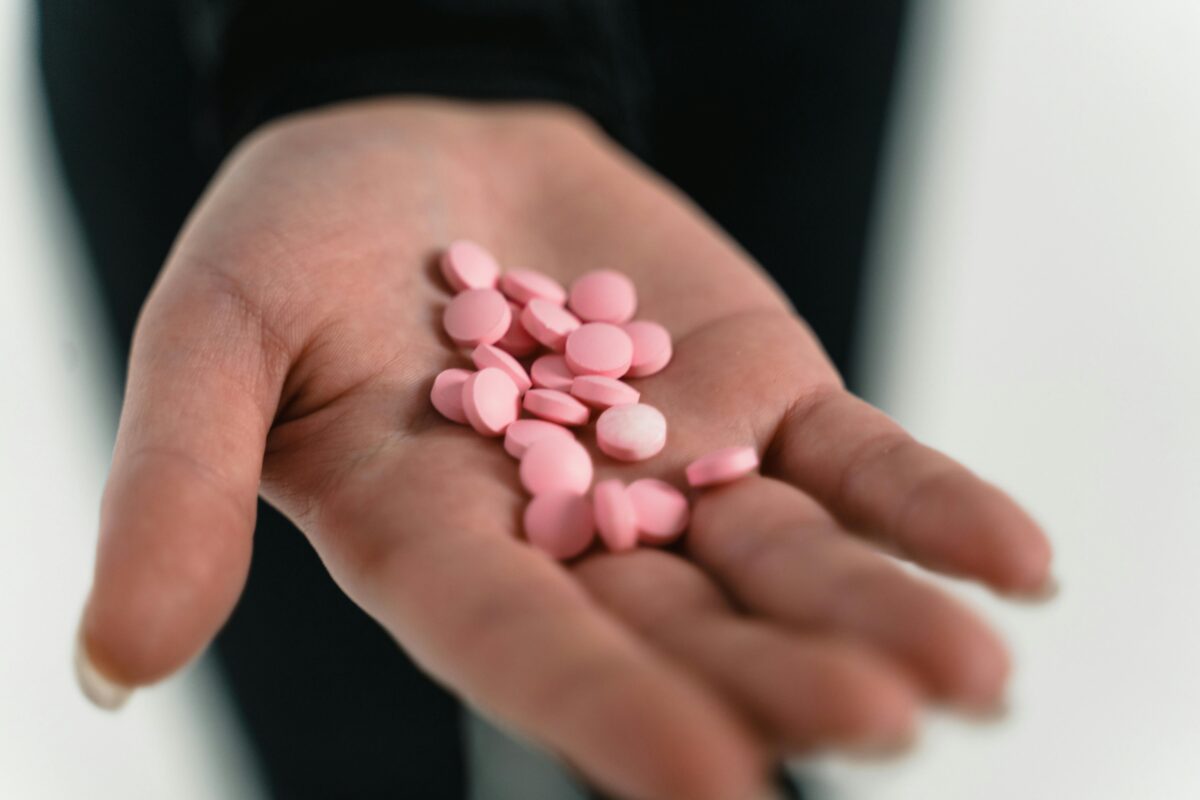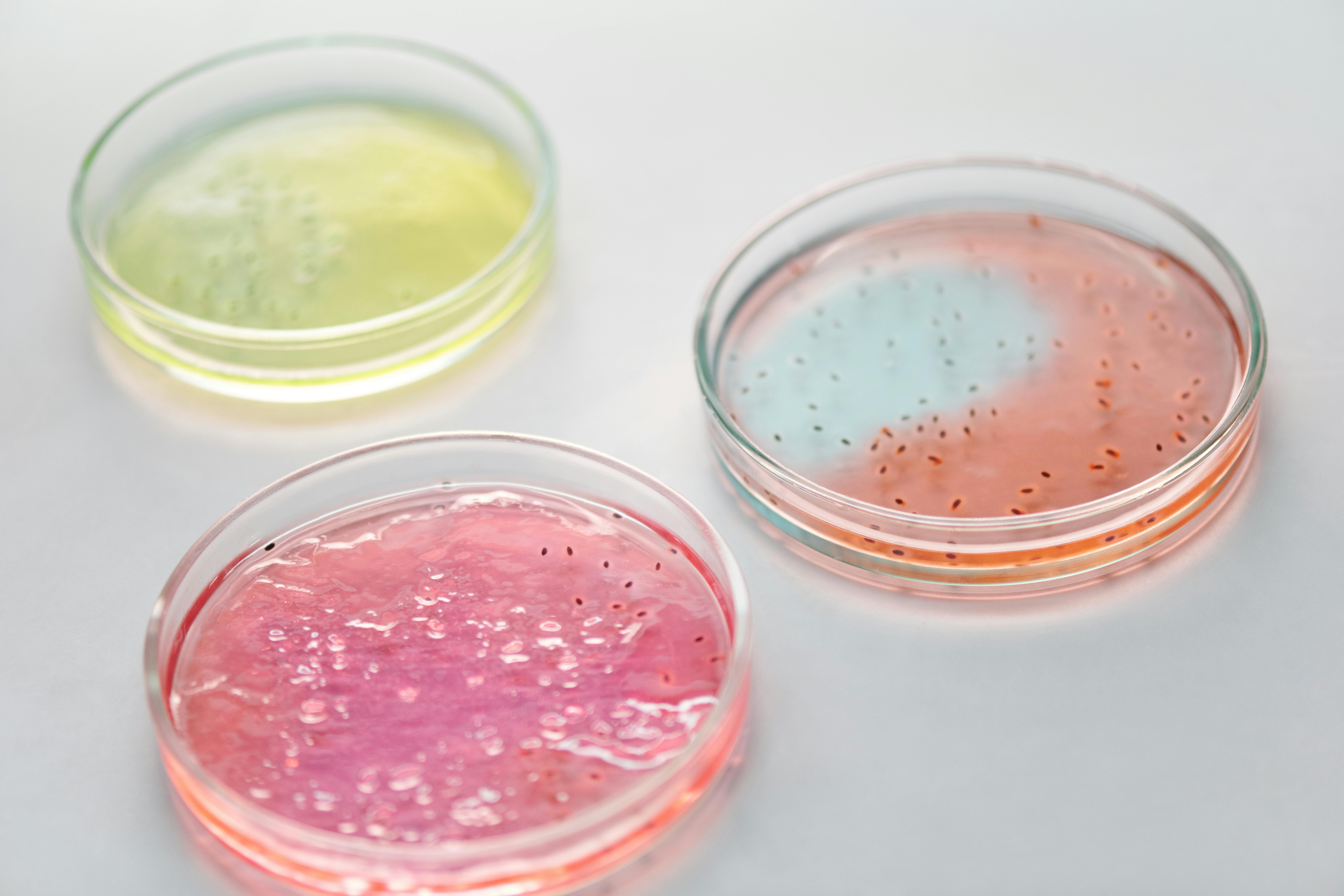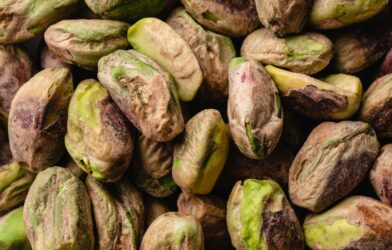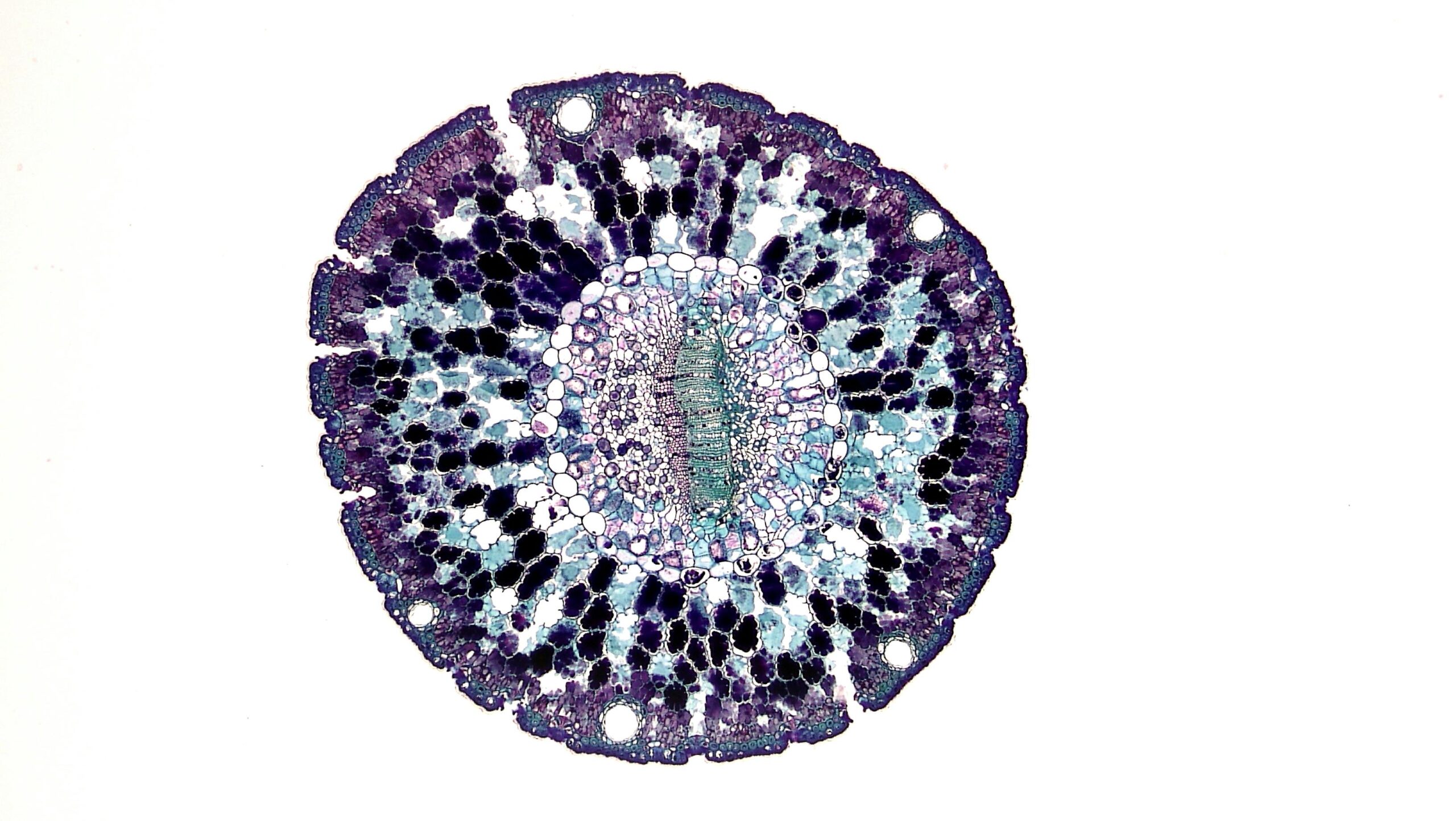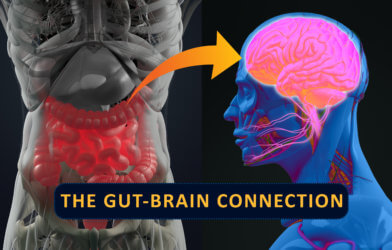Ever wonder what goes on inside your gut when you take a pill? Turns out, it’s a microscopic drama unfolding, where trillions of tiny residents – your gut bacteria – are battling your medication. In a surprising twist, these microbes often work together, forming a protective shield around each other. But there’s a catch: push them too hard with high drug doses, and their teamwork can crumble, turning friendly neighbors into unintended foes. This groundbreaking research, recently published in the journal Cell, reveals the complex social lives of your gut microbes and how their collective behavior dramatically changes how medications affect them, and ultimately, you.
For a long time, scientists focused on how drugs impacted individual types of bacteria. This is like understanding how one person reacts to a new rule, without considering how an entire community might respond. But your gut is far from isolated. It’s a bustling ecosystem, packed with hundreds of different bacterial species living in close quarters. This new study, led by researchers from EMBL Heidelberg and their collaborators, including those from the University of Cambridge, set out to uncover what truly happens when drugs enter this microbial neighborhood. Their key question: Do drugs affect bacteria differently when they’re part of a community versus when they’re alone? The answer is a clear yes, with significant implications for how we develop and prescribe medicines.
Building a Mini-Gut in the Lab
To explore these intricate interactions, the research team created a controlled, mini-gut environment in the lab. They didn’t use human guts, which are too complex for such detailed observations. Instead, they built a “synthetic community” of 32 different bacterial species, specifically chosen because they represent the diversity found in the human gut. Think of this as establishing a manageable neighborhood where they could precisely observe how each resident behaved.
Next, they introduced the challenge: 30 different medications, including common human-targeted drugs and antibiotics. They exposed their bacterial communities to these drugs at various concentrations, mimicking different levels of drug exposure that might occur in the gut. This allowed for an analysis of over 1,800 different drug-species combinations. To understand the drug’s impact, the scientists carefully measured the growth of each bacterium, both when it was living by itself and when it was part of the community. This side-by-side comparison was essential for identifying the unique “communal behaviors” that emerged.
The Power of Microbial Teamwork: Cross-Protection Explained
What emerged from their observations was truly remarkable: how a drug affected a bacterial species changed significantly in over a quarter (26%) of the cases when that species was part of the community. The most frequent change was “cross-protection.” This phenomenon occurs when a drug-sensitive bacterium, which would normally perish when exposed to a specific drug on its own, suddenly becomes protected and thrives when surrounded by its microbial neighbors.
Indeed, cross-protection happened six times more often than the opposite effect, “cross-sensitization.” Around half (47-49%) of the sensitive species that would have been eliminated in isolation were protected within the community, even at drug concentrations typically found in the human gut.
How do these tiny bacteria achieve such impressive collaboration? The researchers pinpointed two main strategies:
- Biotransformation: This involves certain resistant bacteria chemically altering the drug, breaking it down into less harmful forms. This effectively “detoxifies” the environment for everyone else. An example from the study involved the drug niclosamide, where specific enzymes in certain bacteria actively degraded the drug, shielding other vulnerable species.
- Bioaccumulation: Here, some bacteria simply absorb the drug, trapping it within their own cells. By soaking up the drug, they reduce its concentration in the surrounding environment, making it less harmful for their sensitive neighbors.
“The behavior that we found the most is that bacteria cross-protect each other, so they really act as a community,” explained Sarela Garcia-Santamarina, the study’s lead author.
When Protection Fails: The Impact of High Drug Doses
While cross-protection highlights the resilience of our gut microbes, the study also uncovered a sobering reality: this protective capability has its limits. The researchers observed that the community’s ability to protect itself substantially weakened at higher drug concentrations. At lower drug levels, about 68% of sensitive species were protected. However, at higher concentrations, this number dropped sharply to just 23%.
Furthermore, at these elevated concentrations, a phenomenon called “cross-sensitization” became more noticeable. This is the reverse of protection: a bacterium normally resistant to a drug on its own unexpectedly becomes sensitive and is harmed when it’s part of the community. While relatively rare overall (affecting 8-9% of drug-resistant species), this percentage increased when drug concentrations were higher. As Garcia-Santamarina observed, “When the stress is a bit high, they start to be a little more, let’s say, selfish.” This outcome suggests that under extreme pressure, the communal protection can not only fail but can also lead to negative interactions.
This means that while your gut microbes possess remarkable hardiness, there’s a threshold beyond which their resilience breaks down, leading to a disproportionately greater impact from the drug. It’s a vital insight for understanding how medications might unexpectedly alter your internal microbial ecosystem.
Shaping the Future of Medicine
These findings represent a significant step toward understanding how the medications we take influence the incredibly important ecosystem within us. The study underscores that ignoring the gut microbiome during drug development is no longer viable. The future holds the promise of tailoring prescriptions, predicting individual responses to drugs, and even reducing unwanted side effects by considering each person’s unique microbial makeup. While this study used a simplified lab model, advancing this research into animal models and eventually human studies is the next crucial phase in harnessing the power of our gut communities for improved health.
Paper Summary
Methodology
Researchers studied how 30 drugs affected 32 common human gut bacterial species. They compared bacterial growth and survival when grown alone versus within a synthetic community, testing drugs at three different concentrations. The primary goal was to identify and characterize how drug effects changed in a community setting, using 16S amplicon sequencing to track species abundance.
Results
The study found that 26% of drug-microbe interactions changed in a community, with “cross-protection” (sensitive bacteria becoming protected) being six times more common than “cross-sensitization.” Around 47-49% of sensitive species were protected. This protection was due to drug biotransformation (chemical alteration) and bioaccumulation (uptake) by resistant bacteria. However, at higher drug concentrations, community protection significantly declined, and cross-sensitization increased.
Limitations
The study used an in vitro (lab-based) model, which doesn’t fully replicate the complex in vivo (inside a living organism) human gut environment. This means direct translation to clinical settings requires caution. Further research in animal models and human studies is needed. Additionally, some observed drug interactions couldn’t be fully explained, suggesting unknown mechanisms.
Funding and Disclosures
The research involved groups from EMBL Heidelberg (Typas, Bork, Zimmermann, and Savitski) and collaborators, including Kiran Patil’s group at the Medical Research Council Toxicology Toxicology Unit, University of Cambridge, UK. Other affiliations include the Max Delbrück Center for Molecular Medicine and the University of Würzburg. The paper is copyrighted by The Author(s) and published by Elsevier Inc.
Publication Information
The study, titled “Emergence of community behaviors in the gut microbiota upon drug treatment,” was published in the journal Cell, Volume 187, pages 6346-6357, on October 31, 2024.
